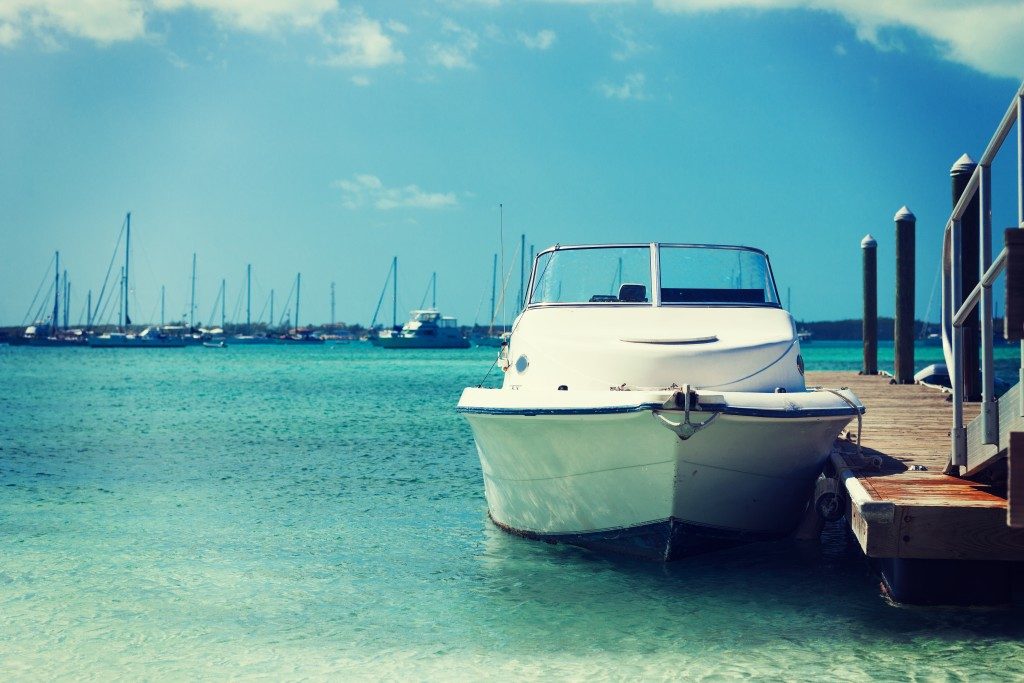People have been traveling by sea for centuries and you can say that today’s seafarers are the safest they have ever been. However, safety is a matter of perspective and there is still much that can go wrong. One of the remaining risks in sailing across the waters is that of wrong navigation.
Here are some tips on how to ensure that you are always safe and on the right course:
Keep Your Equipment Accurate
Though people usually have a lot of high-tech navigational equipment on their ship, there is always a chance that they are calibrated wrongly or are malfunctioning. That is why it is important that you have experts to test your GPS navigation equipment regularly. GPS equipment is tested using a CRPA simulation system and other methods to see if they will point you in the right direction.
If you are heavily dependent on GPS guidance, then this should be one of your priorities. Don’t sail out unless you confirm the accuracy of your equipment or you might wind up hundreds of mile off-course. Another thing to be worried about is the regular updates to the equipment software. Update the device properly so that it performs at its best.
Have a Course Laid Out Both Electronically and Manually
Before you leave the port, you should have laid out your course. This will be important since it will guide your ship to your destination. Have it ready on your navigational device and also on paper. This ensures that you have a backup in case your device gets broken.
Always Have a Backup
In case of a navigation device failure, it is best to have an emergency set ready for use. Store the backup in a waterproof case and keep it safe and fully-charged. This ensures that you can get back to navigating properly if something bad happens to your main unit.
Additionally, you need an analog backup ready. This means maps, compasses, and other navigational equipment that you need for navigating manually. Take note that you need to have practiced using this backup to be sure that you are doing it properly.
Be Alert
Noticing that something is wrong will alert you whether you are on course or not. There are several signs you might be off the course. Landmarks may not appear and the stars may not be in the right position. Alertness will allow you to detect this early and see if you can do something about it.
Be Familiar with a Nautical Chart

The nautical chart of the local area can be a big help in navigating the last stretch toward land. You don’t want to run aground when the shore is in sight. Keep note of the soundings and any buoys left behind by the authorities. This helps ensure that you are going in the right direction and can dock safely.
Docking safely can be a bit overwhelming or challenging, but it is still an achievement since many things could go wrong on the water. The tips above should help reduce the risks that you may face when you are out there in the open seas. With their help, you can be sure that you will always reach your destination safely.
